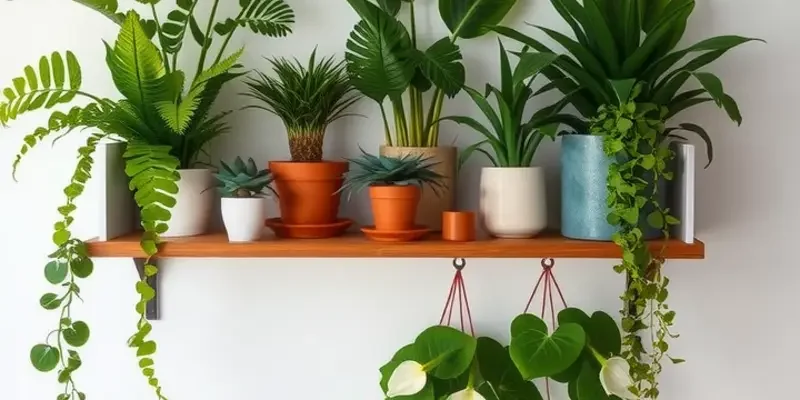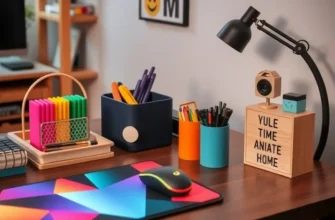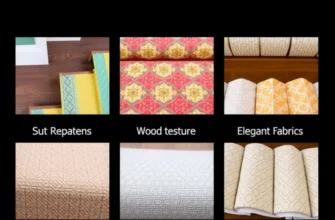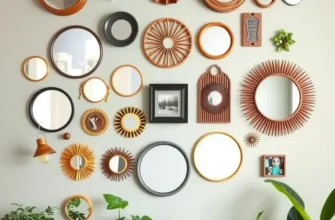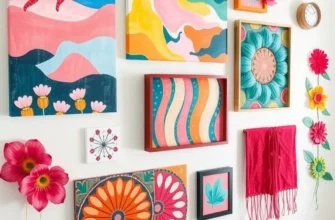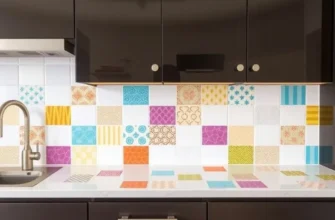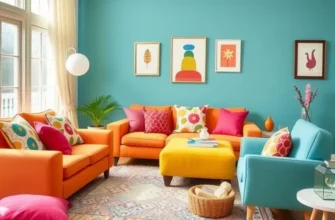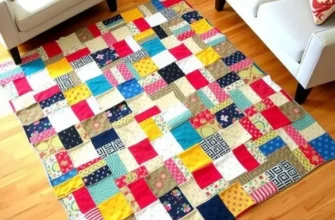The joy of living in a rented apartment comes with its unique challenges, especially when it comes to personalizing your space without making permanent changes. A thriving indoor garden can dramatically enhance your living environment, bringing life and color to even the simplest apartments. A DIY plant wall is an ideal solution—offering a creative way to add greenery without losing your deposit. By utilizing vertical space, you can create a stunning botanical display tailored to your unique style, all while enjoying the therapeutic benefits of caring for plants. Whether you’re a creative renter, a busy professional, a student, or a family, this guide provides step-by-step instructions and visually inspiring ideas for creating your own plant wall. Let your creativity bloom and turn your rental into a vibrant oasis!
Choosing the Right Plants for Your Space
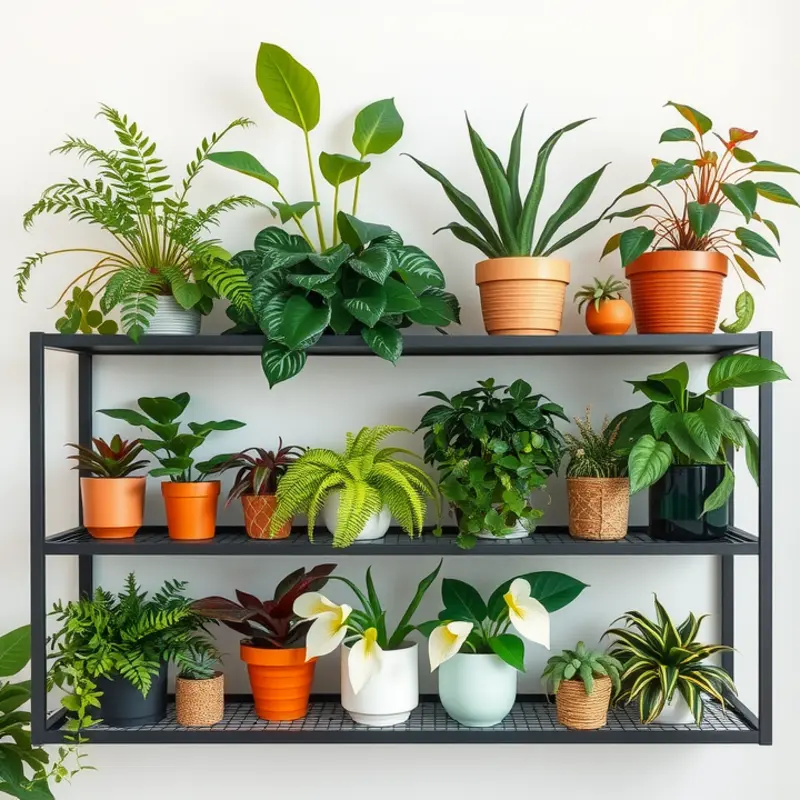
Creating a vibrant plant wall in your apartment starts with choosing the right plants for your environment. The light conditions and maintenance requirements of your space are crucial factors to consider, along with your personal aesthetic preferences.
Light Conditions
Understanding the natural light in your apartment ensures your plants will thrive. South-facing windows provide bright light ideal for sun-loving plants. Consider species like succulents and cacti that bask in these sunny spots. North-facing windows or dimly lit rooms benefit from shade-tolerant plants such as ferns or pothos, which can adapt to lower light levels. East and west exposures strike a balance, allowing for diverse plant choices, including peace lilies and snake plants that prefer moderate light.
Maintenance Needs
If you’re a beginner, start with low-maintenance plants that are forgiving and adaptable. Snake plants, known for their air-purifying qualities, require minimal watering and can endure neglect. On the other hand, if you’re ready for a challenge, master the art of orchid care, appreciating their need for precise watering and specific light conditions. Consider how often you’re willing to water and check for pests running through your apartment oasis.
For those with a busy schedule, set up a watering reminder. You might also explore self-watering pots. This can help maintain your foliage without consuming significant time or energy.
Aesthetic Considerations
Selecting plants that resonate with your personal style enhances the visual appeal of your living space. If you favor clean, modern lines, choose plants with architectural qualities, like the sculptural fiddle leaf fig. Those who love a whimsical touch might prefer trailing vines like string of pearls. Mixing different textures, colors, and heights can create a lively and dynamic display.
Consider grouping plants in odd numbers to provide an organic feel. Experiment with variegated leaves next to solid greens or incorporate flowering plants to introduce a splash of color.
Personalizing Your Space
Embrace the opportunity to reflect your personality through your choice of plants. Not only do they add beauty, but they can also improve your well-being. For additional tips on incorporating practical decor in your apartment, you might want to check out apartment-friendly furniture upgrades. This can help you integrate both style and functionality seamlessly.
Remember, selecting the right plants requires attention to their needs and your living conditions. Take your time to explore and choose plants that align with your lifestyle, ensuring your apartment oasis flourishes beautifully.
Creating Your Vertical Garden Framework
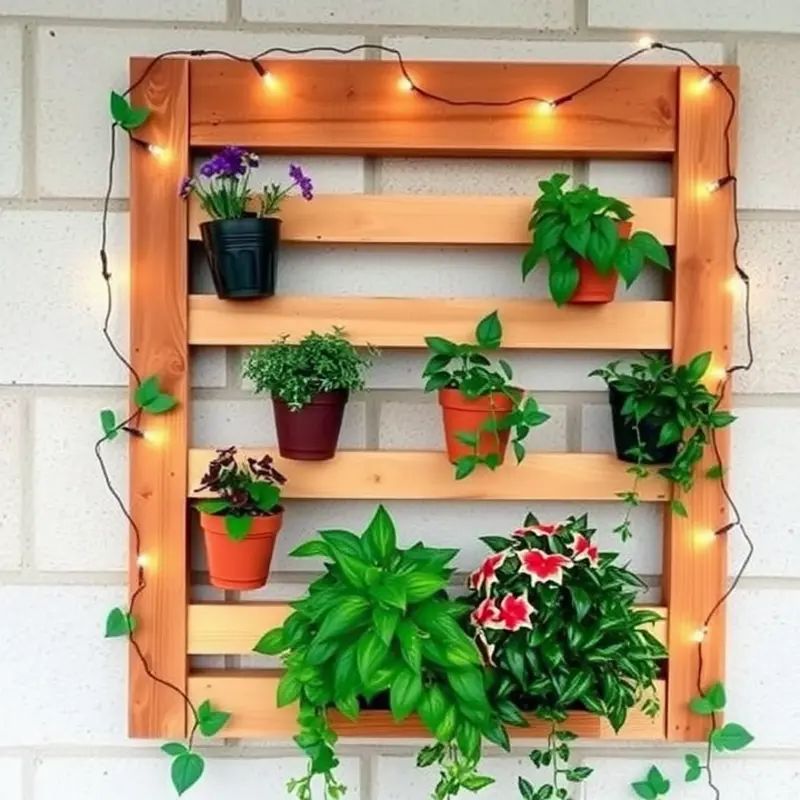
Transforming a bland apartment wall into a lush plant haven is easier than you might think. Building or purchasing a framework for your plant wall is the first step in setting the foundation for your vertical garden. This task is not only manageable but can also be accomplished without permanently altering your rental space.
Start by considering the materials you can use for your framework. Options like wood pallets, wire grids, and wall-mounted shelves each offer unique aesthetics and practical qualities. Wood pallets are rustic and sturdy. They offer pre-made slats that can support small pots or planter boxes. If using a wooden pallet, inspect its condition and sand down any rough edges to prevent damage or injury.
For a more minimalist look, wire grids are ideal. These can be easily mounted to a wall and offer flexibility with attachment points for plant containers. Wire grids are especially great for smaller spaces as they allow light and air to circulate around the plants, promoting healthy growth.
Another versatile option is wall-mounted shelves. These give you the freedom to arrange plants and accessories in an organized fashion. Choose shelves that are lightweight yet robust enough to hold the weight of potted plants.
Step-by-step instructions:
-
Gather your tools and materials. You’ll need a tape measure, a level, a screwdriver, wall anchors, screws, and your chosen framework material.
-
Select the perfect location. Look for a wall that receives ample natural light. Your plants will thrive with just the right amount of sun exposure.
-
Prepare your framework. Depending on the material, you may need to reinforce it to ensure sturdiness. For wood pallets, additional brackets may be necessary. Wire grids might require snipping certain sections to fit your space.
-
Determine the installation height. Hold your framework against the wall and mark where the top should sit using the tape measure and level. It’s crucial to ensure your framework is straight for both aesthetic and structural purposes.
-
Install with care. Use wall anchors appropriate for your wall type (drywall, plaster, or concrete) to attach the framework securely. This prevents the structure from becoming loose over time, ensuring it can safely hold the weight of plants.
-
Mount the framework. Secure the top corners first, checking the level periodically as you add screws or anchors. This helps maintain alignment and stability.
Since rentals often prohibit drilling into walls, consider alternative mounting solutions like adhesive strips or freestanding options. These won’t damage your walls and can be an effective choice for temporary installations.
For renters looking to enhance their apartment without extensive modifications, determining how to protect your security deposit is crucial. Find more tips on handling potential issues with damage-free decorating in our apartment security deposits guide.
With your framework in place, you’re ready to start arranging your plants. Ensure each plant has adequate light, water, and nutrients. By securing your framework and planning carefully, your vertical garden will thrive, creating the oasis you’ve envisioned.
Final words
Creating a DIY apartment plant wall is a fulfilling project that not only infuses your rental space with life and beauty but also allows you to express your personal style. By selecting the right plants and constructing an appealing framework, you can build a personalized vertical garden that enhances your everyday environment. Embrace the lushness of greenery, enjoy the calming effects of plants, and turn your apartment into a vibrant oasis that you’ll love to come home to. With a few tools and a dash of creativity, you’re well on your way to cultivating the perfect living wall!

